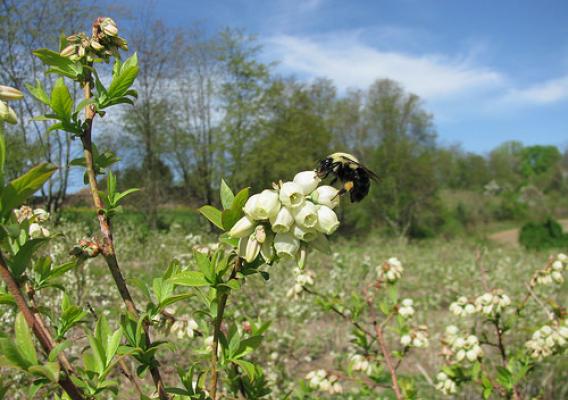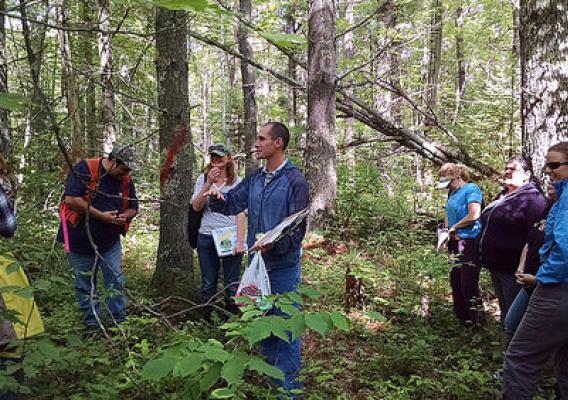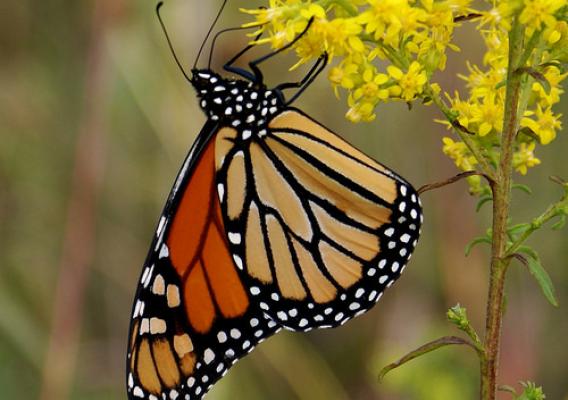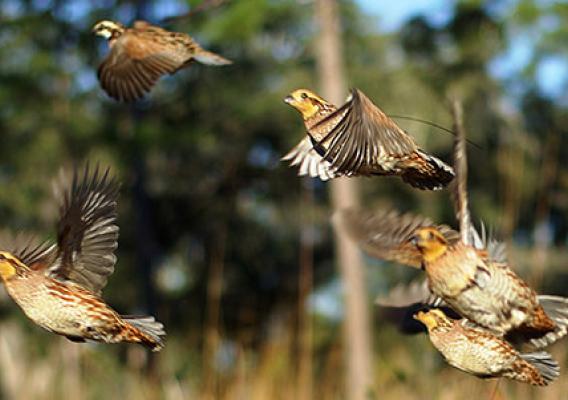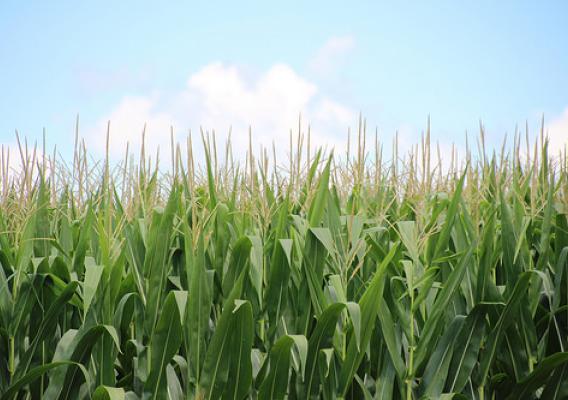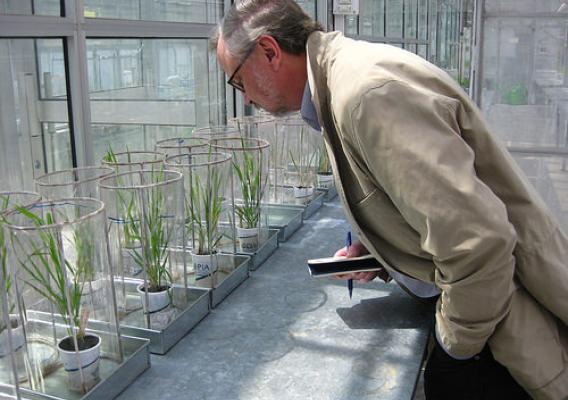Today is Veterans Day, and I’d like to take a moment to honor the men and women of our military. Every day, they confront and triumph over those that threaten our national security in order to keep us safe. America’s veterans embody the values that stand at the heart of rural America: hard work, a love of their country, and a sense of duty and sacrifice to give back to the land that has done so much for us all.
To the USDA employees who have served America in uniform, and to those who support family members and loved ones who serve, I offer a sincere and heartfelt thank you. USDA’s staff across the country now includes more than 11,000 veterans. In recent years, we’ve expanded our commitment to bringing on board more former service members, participating in a wide variety of veterans’ hiring efforts coordinated by the Department of Veterans Affairs and the Department of Defense. We’ve also created a USDA Veterans Employment Program office, through which any veteran who contacts us has access to counseling, career help, and consideration for employment.

